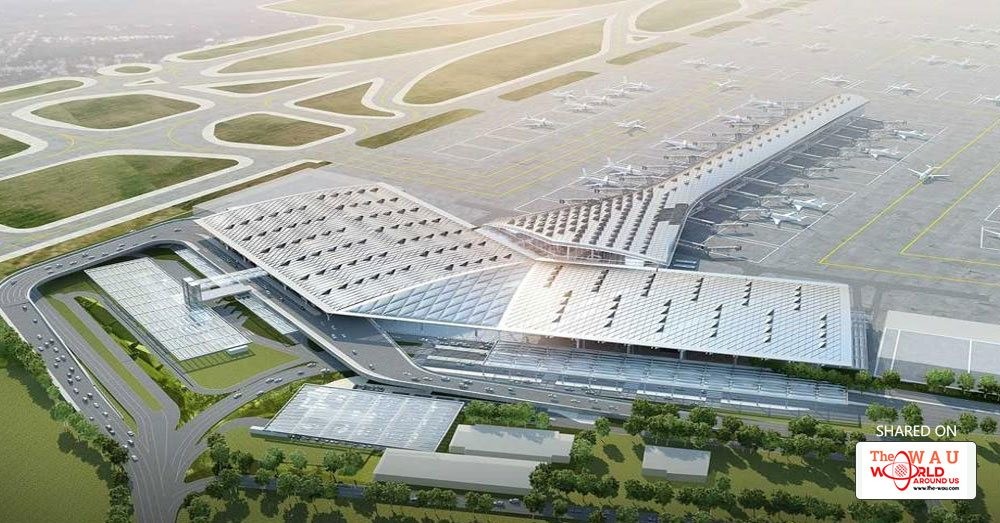A revamped terminal, new runway, elevated taxiway and an internal rail system — Delhi’s Indira Gandhi International airport is set for a major makeover. But, before the overhaul, passengers are in for a nightmare as flights will be shifted and operated from three terminals.
From October 1, one third passengers of Indigo, GoAir and Spicejet will be shifted to flights which will be operated from Terminal 2. This translates into 8 million passengers going to T2 to catch their flights. Indigo and Spicjet also fly on international routes, so for the next three years they have to operate from T1, T2 and T3.
Passengers may face a tough time in locating the terminal and then reaching there as there is no Metro connectivity to T2 and autos will not be allowed. However, the airport operator will provide feeder bus service, connecting the old and new terminals. At T1, which is in for a major revamp, the simultaneous flight operations and huge construction activity is expected to cause chaos.
The airlines will have to give the details of flights, they plan to shift to T2, to the airport operator by August 31.
Delhi International Airport Limited (DIAL), which operates the IGIA, unveiled Master Plan 2016 to develop the airport on Tuesday.
The master plan will be implemented in three modular phases- phase 3A (2018-21), 3 B (2021-25) and Phase 4 (2026 onwards).
Since Terminal 1 is operating beyond its capacity, the expansion will begin from there and cover the airside, terminal building and city side.
The departure Terminal, T1D and arriving Terminal, T1 C, will be merged and expanded to accommodate 40 million passengers per annum. The revamped T1 will have 22 aerobridges.
“We have planned to increase the capacity of T1 and T3 and build a fourth runway. As per the Master Plan, the capacity of T1 will be increased from 20 million to 40 million and the capacity of T3 will be increased from 34 million to 45 million. The expansion would enable us to handle the steep rise in passenger traffic,” CEO, DIAL I Prabhakara Rao said.

The expansion works will be carried out along flight operations at T1. Certain areas of the terminal and city side will operate at a lower capacity of 16 million passengers per annum (MPPA). However the overall capacity of the airport in view of T2 operationalisation will be maintained at around 70 MPPA.
Besides, a fourth runway will be built parallel to Runway 11/29 by 2021. This will ease out pressure on other runways.
“In view of the robust growth in passenger traffic and upcoming airport expansion works, DIAL has revamped and is recommissioning T2. Terminal 3 and T2 would cater to the growing traffic in the next three to four years by which time T1 expansion would be completed,” Rao said.
Delhi Airport is the largest and the busiest airport in India. During the FY 2016-17 it handled 57.7 million passengers and over 8, 57,000 tonnes of Cargo. Delhi Airport has been ranked 21st busiest airport in the world by ACI achieving highest growth of 21 % in calendar year 2016 among top 30 airports in the world.
Share This Post















